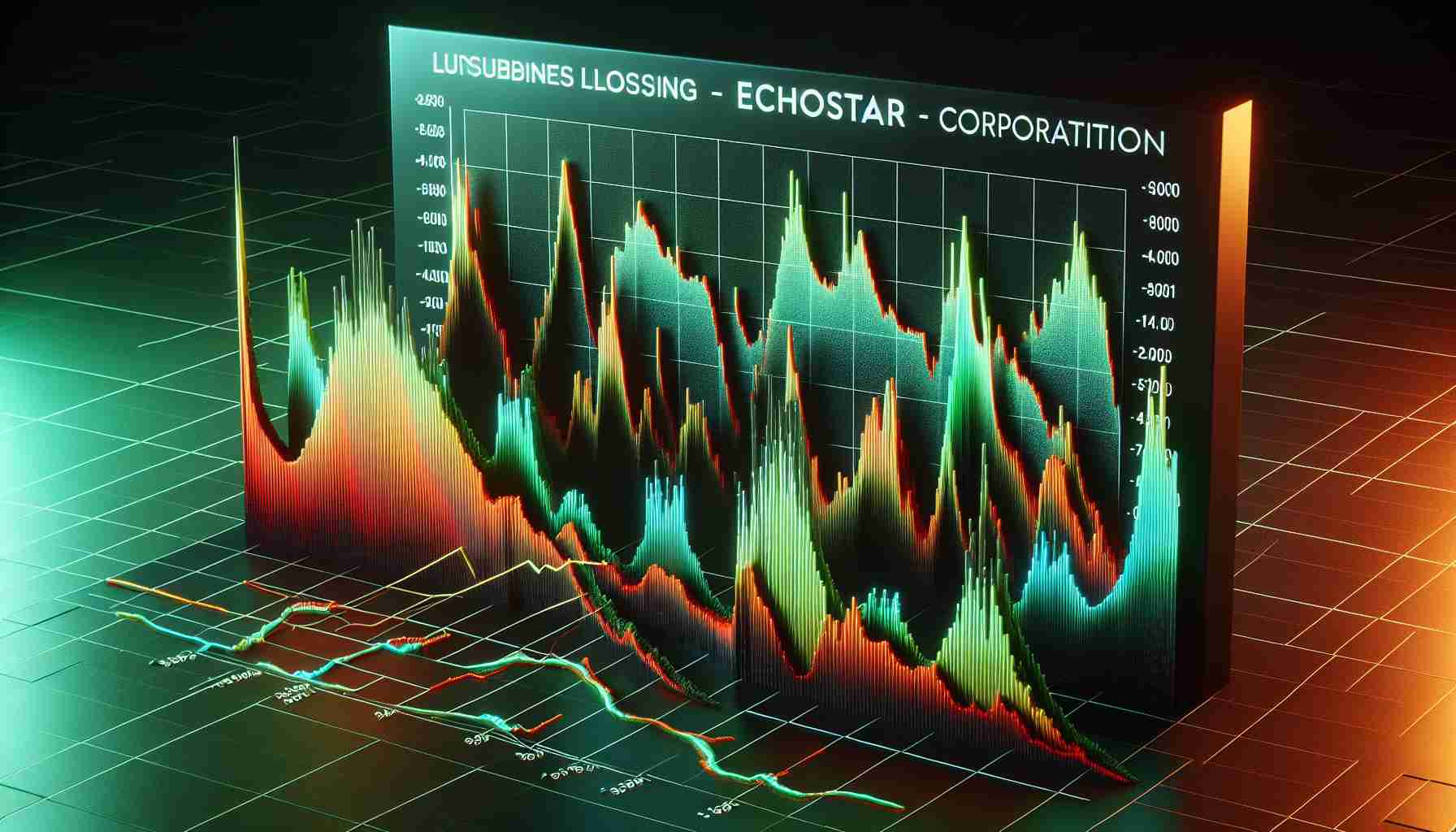
EchoStar Corporation’s shares declined on Tuesday following disappointing financial results for the third quarter. The company reported a loss per share of 52 cents, which fell short of analysts’ loss estimates of 37 cents. Sales totaled $3.890 billion, a decrease of 5.3% from the previous year, and did not meet expectations of $3.909 billion.
In terms of subscriber metrics, the company experienced a net loss of approximately 43,000 Pay-TV subscribers. Conversely, Sling TV saw a subscriber increase of 145,000, leading to a total of 8.03 million Pay-TV subscribers, comprised of 5.89 million DISH TV and 2.14 million Sling TV subscribers. The President and CEO of EchoStar highlighted the company’s commitment to enhancing customer acquisition tactics and boosting service offerings, particularly focusing on their Open RAN 5G network.
Broadband Satellite subscriptions also saw a downturn, with a loss of 43,000 subscribers during the quarter. A report indicated this was a smaller decline compared to the previous year, attributed to the launch of a new satellite and increased demand for service plans, although funding for the ACP program had ceased.
As of the quarter’s end, EchoStar held cash and equivalents of $2.8 billion and reported total obligations of $21.557 billion. The company is in the process of selling its pay-TV branch to DIRECTV, contingent on completing necessary closing procedures. Currently, SATS shares reflect a drop of 3.46%, trading at $25.23.
EchoStar Corporation Faces Quarterly Loss Amid Subscriber Fluctuations
EchoStar Corporation, a notable player in the telecommunications and satellite industry, recently reported troubling financial outcomes for the third quarter of this fiscal year. While the company has experienced fluctuations in subscriber counts, several underlying factors contribute to these challenges.
Current Market Dynamics
Notably, the competitive landscape is intensifying. Major competitors in the streaming and satellite sectors, such as AT&T’s DIRECTV and Comcast, are rapidly adapting to changing consumer preferences. This shift towards on-demand and streaming services poses significant challenges for traditional cable models that rely heavily on subscription revenue.
Additionally, EchoStar’s financial difficulties are exacerbated by macroeconomic trends. The ongoing inflationary pressures and rising costs of living have led consumers to reevaluate their spending on discretionary services, including pay-TV subscriptions.
What Are the Key Questions EchoStar Faces?
1. What factors are influencing subscriber loss?
– A blend of increased competition, economic strain on consumers, and evolving media consumption habits have led to fluctuations in subscriber figures.
2. How will EchoStar adapt to these market changes?
– The company is focusing on diversifying its offerings, including enhanced broadband services and the development of its 5G infrastructure, to remain competitive.
3. What are the potential impacts of the DIRECTV sale?
– Selling the pay-TV branch could reshape EchoStar’s financial structure and strategic focus, potentially allowing for more investment in technology and competitive service offerings.
Key Challenges and Controversies
EchoStar’s challenges are multi-faceted. The company grapples with maintaining subscriber loyalty in an environment where consumers can easily switch to more flexible and affordable streaming services. Moreover, the termination of the Affordable Connectivity Program (ACP) funding further complicates EchoStar’s ability to retain subscribers who rely on affordable broadband access.
Additionally, concerns regarding debt levels, with total obligations reaching $21.557 billion, cast a shadow over its financial stability. Balancing growth initiatives against this significant debt burden is a pivotal challenge moving forward.
Advantages and Disadvantages
Advantages:
– Diverse Revenue Streams: With a mix of Pay-TV, Sling TV, and broadband satellite services, EchoStar has opportunities to capture a broader audience.
– Investment in Technology: Commitments to evolving technology, particularly in 5G, may yield long-term benefits and enhance service offerings.
Disadvantages:
– High Debt Levels: The significant amount of debt limits flexibility in strategic initiatives and may deter investors.
– Intense Competition: The aggressive strategies of competitors threaten market share, particularly among traditional cable subscribers who are migrating to digital platforms.
Conclusion
As EchoStar Corporation faces this turbulent period, its ability to innovate and adapt to the new realities of consumer behavior will be crucial for recovery. The strategic decisions made in response to the prevailing economic and competitive pressures will likely dictate the company’s trajectory in the upcoming quarters.
For further insights about EchoStar’s corporate strategies and market dynamics, visit EchoStar Corporation.



